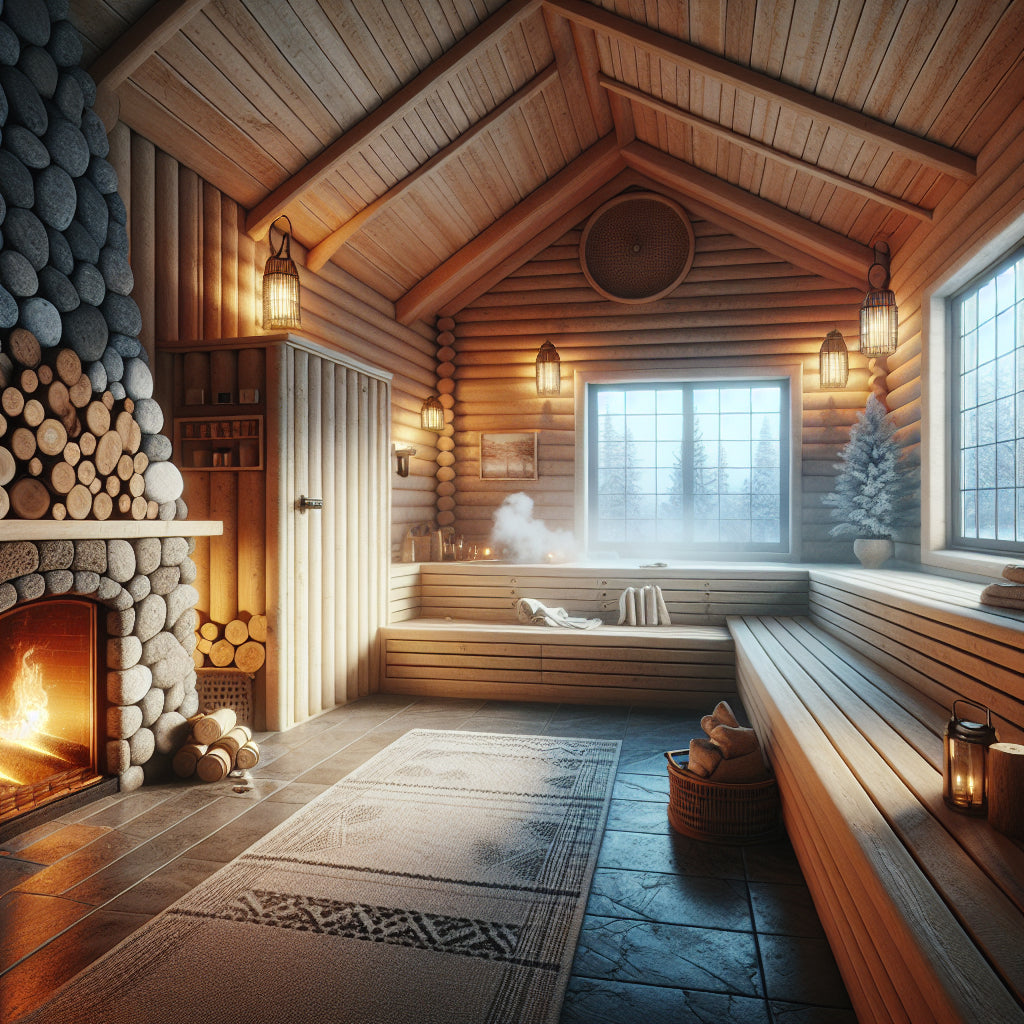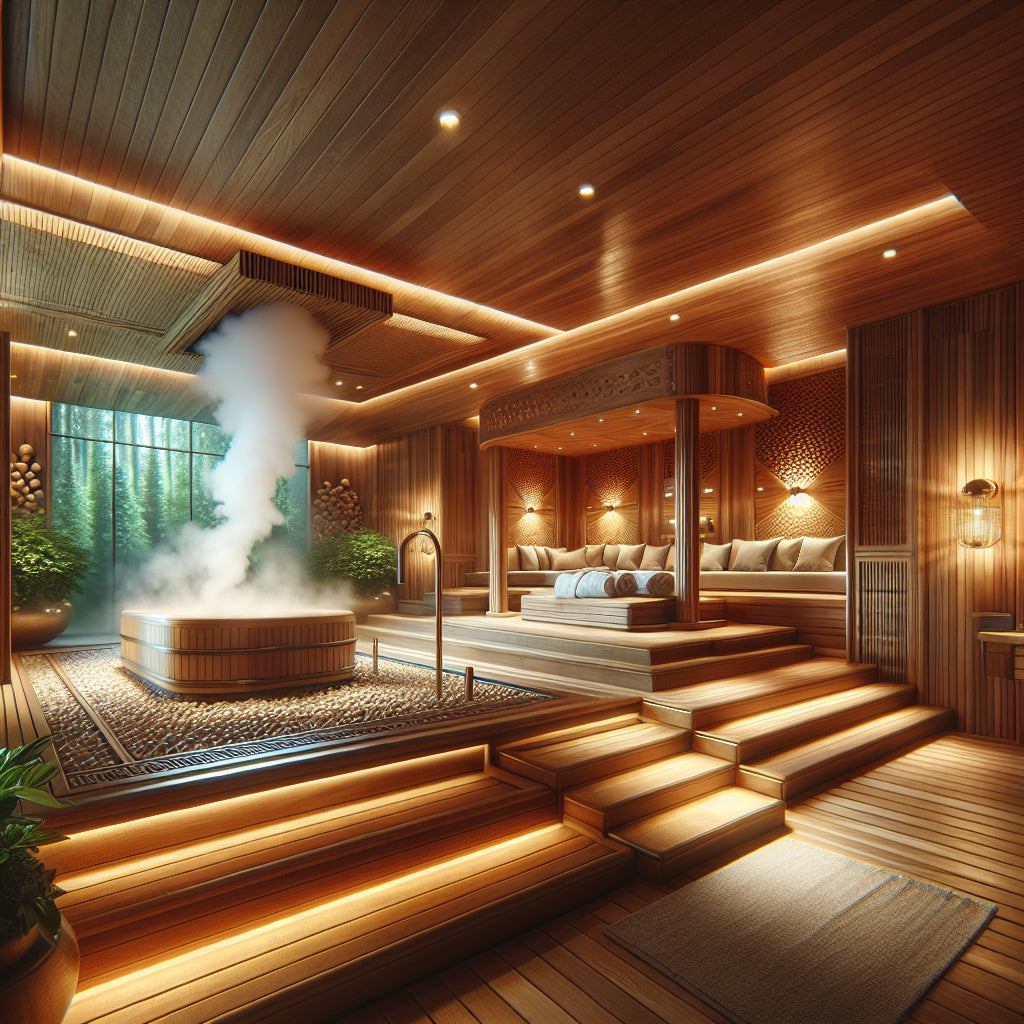Why Finnish Homes Typically Feature Built-In Saunas
In Finland, the sight of a home with a built-in sauna is as common as a kitchen or living room. This unique architectural feature is not merely a luxury; it represents a deep cultural significance intertwined with the Finnish way of life. But what is it that makes saunas so integral to Finnish homes, and what benefits do they offer? This article delves into the reasons behind the prevalence of saunas in Finnish residences, examining historical, cultural, and health perspectives that underline their importance.
What Is the Historical Significance of Saunas in Finland?
The sauna is a cornerstone of Finnish culture, dating back over 2,000 years. Originally, it served as a place for bathing, socializing, and even giving birth. Early saunas were simple structures made from wood, often located near lakes or rivers, harnessing the natural surroundings for water supply and heating. This historical context highlights that saunas were not merely places for relaxation but were deeply embedded in the fabric of Finnish society.
Over time, the sauna evolved into a sanctuary for wellness and social interaction. In the early 20th century, the rise of industrialization brought modern conveniences, yet the tradition of sauna bathing remained steadfast. Today, nearly 2 million saunas exist in Finland, reflecting the country’s population of just over 5 million, which illustrates the sauna's significance in daily life.
How Do Saunas Reflect Finnish Values?
Finnish culture is characterized by a unique relationship with nature, personal well-being, and communal ties. The sauna embodies these values, serving as a space for relaxation and reflection. The Finnish concept of “sisu,” which denotes persistence and resilience, finds expression in the sauna experience, where individuals can rejuvenate both physically and mentally.
Moreover, the sauna is often viewed as a social equalizer. It is common for friends, family, and even business associates to share time in a sauna, stripping away social barriers. This communal aspect reinforces the importance of relationships, promoting open communication and bonding in an intimate setting.
What Health Benefits Do Built-In Saunas Provide?
The health benefits of sauna bathing are well-documented, making them an attractive feature in Finnish homes. Research has shown that regular sauna use can lead to various physical and mental health benefits, including:
- Improved Cardiovascular Health: Regular sauna use has been associated with lower blood pressure and reduced risk of heart disease. A study published in the Journal of Hypertension found that frequent sauna bathing is linked to a lower risk of cardiovascular-related mortality.
- Enhanced Mental Well-being: The calming effect of sauna bathing can help alleviate stress and anxiety. The heat promotes relaxation by increasing endorphin levels, contributing to improved mood and mental clarity.
- Muscle Recovery: Athletes often use saunas as a recovery tool. The heat helps to relax muscles and alleviate soreness post-exercise, enhancing overall recovery time.
- Skin Health: The sweating induced by sauna use can help cleanse the skin and improve its overall appearance by flushing out toxins.
What Are the Architectural Considerations for Saunas in Homes?
Incorporating a sauna into a home requires thoughtful architectural planning. Finnish homes often feature saunas designed to harmonize with the overall aesthetic of the house. Key considerations include:
- Location: Saunas are typically placed near bathrooms or entrances for convenience. Proximity to water sources is also vital for ease of use.
- Materials: Traditional Finnish saunas are constructed from wood, often cedar or spruce, which can withstand high humidity and temperatures. The choice of materials not only impacts durability but also contributes to the sauna's aroma and ambiance.
- Ventilation: Proper airflow is crucial to maintain a comfortable and safe environment. Architects ensure that saunas are well-ventilated to prevent overheating and to circulate fresh air.
How Do Modern Saunas Adapt to Contemporary Living?
As lifestyles evolve, so do the designs of saunas. Modern Finnish homes may incorporate innovative sauna solutions, including:
- Infrared Technology: Infrared saunas offer a different approach to traditional heat, using infrared panels to warm the body directly rather than heating the air. This method allows for lower temperatures while still providing therapeutic benefits.
- Hybrid Saunas: Combining traditional steam and infrared options, hybrid saunas provide versatility, catering to diverse preferences and needs.
- Compact Designs: As urbanization increases, compact sauna designs have become popular, allowing residents of smaller homes or apartments to enjoy sauna benefits without sacrificing space.
Why Are Saunas Considered a Central Aspect of Finnish Life?
The sauna transcends its physical structure; it is a cultural institution in Finland. Finnish people view sauna bathing as a holistic practice that promotes well-being and community. For many, it is a ritualistic escape from the hustle and bustle of daily life, encapsulating the essence of relaxation and self-care.
Moreover, the sauna serves as a venue for deep conversations and bonding moments, reinforcing its role as a social space. It is not uncommon for significant discussions to take place within the sauna, making it a crucial component of Finnish social life.
FAQs
What is the purpose of a sauna in Finnish culture?
The sauna serves multiple purposes in Finnish culture, including relaxation, socialization, and health benefits. It is a place for individuals to unwind and connect with others, reflecting the Finnish values of community and well-being.
How often do Finns use their saunas?
Many Finns use their saunas regularly, with some enjoying sauna sessions several times a week. It is a common practice for families to come together in the sauna as part of their routine.
Are there different types of saunas?
Yes, there are several types of saunas, including traditional Finnish saunas, infrared saunas, and steam saunas. Each type offers unique experiences and health benefits based on the heating methods used.
What materials are used for building saunas?
Saunas are typically constructed from wood, with popular choices including cedar, spruce, and pine. These materials are favored for their ability to withstand high temperatures and humidity levels.
Can a sauna be beneficial for mental health?
Yes, sauna bathing has been linked to improved mental health, as the heat promotes relaxation and reduces stress. The calming environment can also enhance mood and contribute to overall psychological well-being.
Is it necessary to have a built-in sauna in a home?
While not necessary, having a built-in sauna can enhance a home’s value and provide health benefits. It is particularly valued in Finland, where sauna culture is deeply rooted.
What features should I look for in a sauna?
When choosing a sauna, consider factors such as size, heating method, materials, and ventilation. Each of these aspects will affect your overall experience and satisfaction with the sauna.
In summary, the tradition of having saunas built into Finnish homes is a testament to their cultural significance and numerous health benefits. As you explore the world of saunas, consider how this practice can enhance your own living space. For those interested in bringing a piece of this Finnish tradition into their homes, explore a variety of sauna options available at Infinite Sauna.
Get the free sauna guide
Download the free guide to building your dream in-house sauna









Leave a comment
This site is protected by hCaptcha and the hCaptcha Privacy Policy and Terms of Service apply.